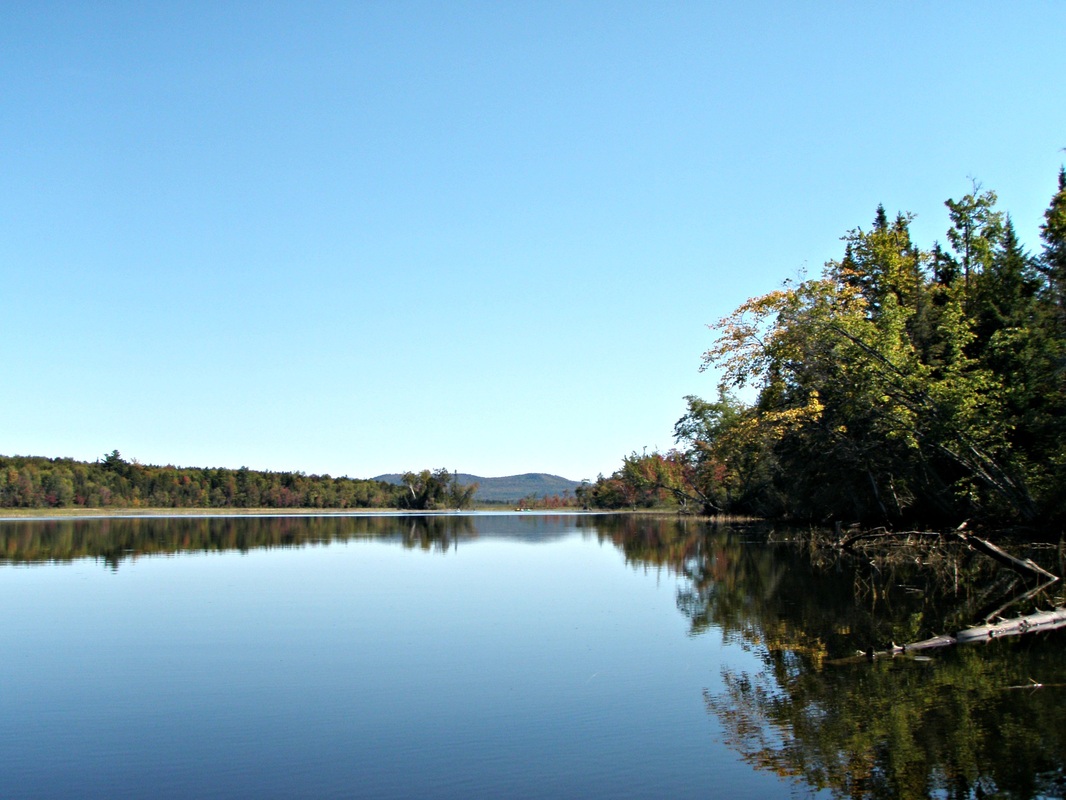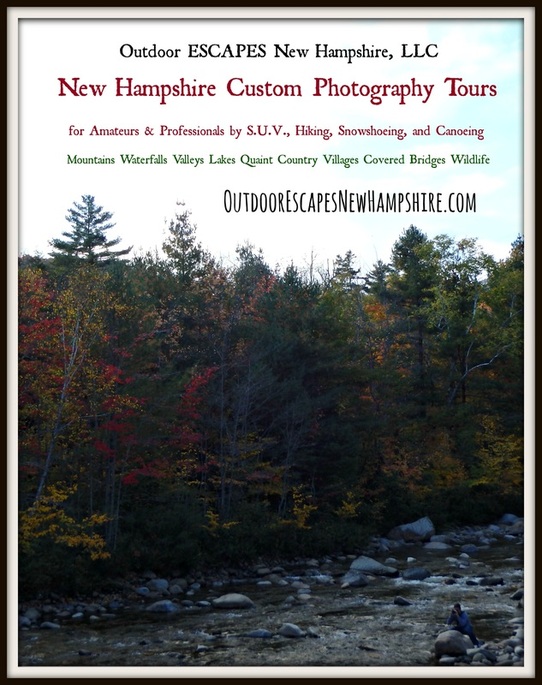With automatic digital camera technology it is way too easy to get terrible shots. But with a little basic know-how, I'll let you know my tried-and-true techniques that you can use to produce stunning outdoor images.
1. Lighting: My mother always reminded me to put my back to the sun. That's what gives you the blue sky, reflections in the water, and puts light on any foreground subjects. (If the location is not perfect, such as imagine a person standing in the shade of a tree in the foreground of the photo above, then you can try putting your camera's flash on its mandatory setting, to brighten the person's face.)
2. Distance: Even though your camera might have zoom and macro, getting close enough (or far enough) to begin with usually produces a better shot.
3. As far as composition, be sure to fill the image with 90% subject(s). It just looks better with no distractions. You can also divide things in thirds, and remember that repetition is pleasing to the eye.
4. Steady the camera for clear focus (a) with a tripod, (b) setting the camera on a rock and using a time-release if available, or (c) by holding it steady with one hand while "squeezing" the trigger, ahem, shutter button. The most blurry pictures I've taken in the wilderness were without tripod while in a canoe/kayak in rapids, on windy days, and when trying to get a shot of the night sky. It's much better to be steady.
5. In cool temperatures, keep extra batteries warm, and remember that freezing temperatures are not good for most digital cameras/phones.
6. When taking outdoor adventure portraits, keep these things in mind: clear weather, sun to your back but angle it slightly so people aren't squinting (think about taking hats and sunglasses off to better identify people and minimize shadows), and compose it so you can tell what the activity is, the trail/water surface, and get an idea of what the surrounding landscape looks like.
7. The best action shots require people doing things naturally and performing recreation activities/sports with perfect body position and form. Make sure arms and hands are not blocking anyone's face. If using automatic preset settings, use the quick-action one for photographing moving birds, animals, and people. In any case, moving your camera with the moving subject can improve the focus of action shots.
8. Scenic shots are more brilliant earlier and later in the day (colors get washed out mid-day). Sunrise shots--towards the sun (east) before it rises, and in the opposite direction (west) after the sun rises. Sunset shots--away from the sun (east) before it sets, and towards the sun (west) after it sets.
In summary, think about what makes your photos TIC. Our eyes and minds have expectations for good images. Successful photographs fulfill these three essential qualifications:
A. Good Technical Quality (focus, exposure, light)
B. Impact or Interest (tells a story)
C. Good Composition (keeps attention)
Our readers would benefit from more outdoor photo tips--please add yours by commenting below.
1. Lighting: My mother always reminded me to put my back to the sun. That's what gives you the blue sky, reflections in the water, and puts light on any foreground subjects. (If the location is not perfect, such as imagine a person standing in the shade of a tree in the foreground of the photo above, then you can try putting your camera's flash on its mandatory setting, to brighten the person's face.)
2. Distance: Even though your camera might have zoom and macro, getting close enough (or far enough) to begin with usually produces a better shot.
3. As far as composition, be sure to fill the image with 90% subject(s). It just looks better with no distractions. You can also divide things in thirds, and remember that repetition is pleasing to the eye.
4. Steady the camera for clear focus (a) with a tripod, (b) setting the camera on a rock and using a time-release if available, or (c) by holding it steady with one hand while "squeezing" the trigger, ahem, shutter button. The most blurry pictures I've taken in the wilderness were without tripod while in a canoe/kayak in rapids, on windy days, and when trying to get a shot of the night sky. It's much better to be steady.
5. In cool temperatures, keep extra batteries warm, and remember that freezing temperatures are not good for most digital cameras/phones.
6. When taking outdoor adventure portraits, keep these things in mind: clear weather, sun to your back but angle it slightly so people aren't squinting (think about taking hats and sunglasses off to better identify people and minimize shadows), and compose it so you can tell what the activity is, the trail/water surface, and get an idea of what the surrounding landscape looks like.
7. The best action shots require people doing things naturally and performing recreation activities/sports with perfect body position and form. Make sure arms and hands are not blocking anyone's face. If using automatic preset settings, use the quick-action one for photographing moving birds, animals, and people. In any case, moving your camera with the moving subject can improve the focus of action shots.
8. Scenic shots are more brilliant earlier and later in the day (colors get washed out mid-day). Sunrise shots--towards the sun (east) before it rises, and in the opposite direction (west) after the sun rises. Sunset shots--away from the sun (east) before it sets, and towards the sun (west) after it sets.
In summary, think about what makes your photos TIC. Our eyes and minds have expectations for good images. Successful photographs fulfill these three essential qualifications:
A. Good Technical Quality (focus, exposure, light)
B. Impact or Interest (tells a story)
C. Good Composition (keeps attention)
Our readers would benefit from more outdoor photo tips--please add yours by commenting below.



 RSS Feed
RSS Feed


